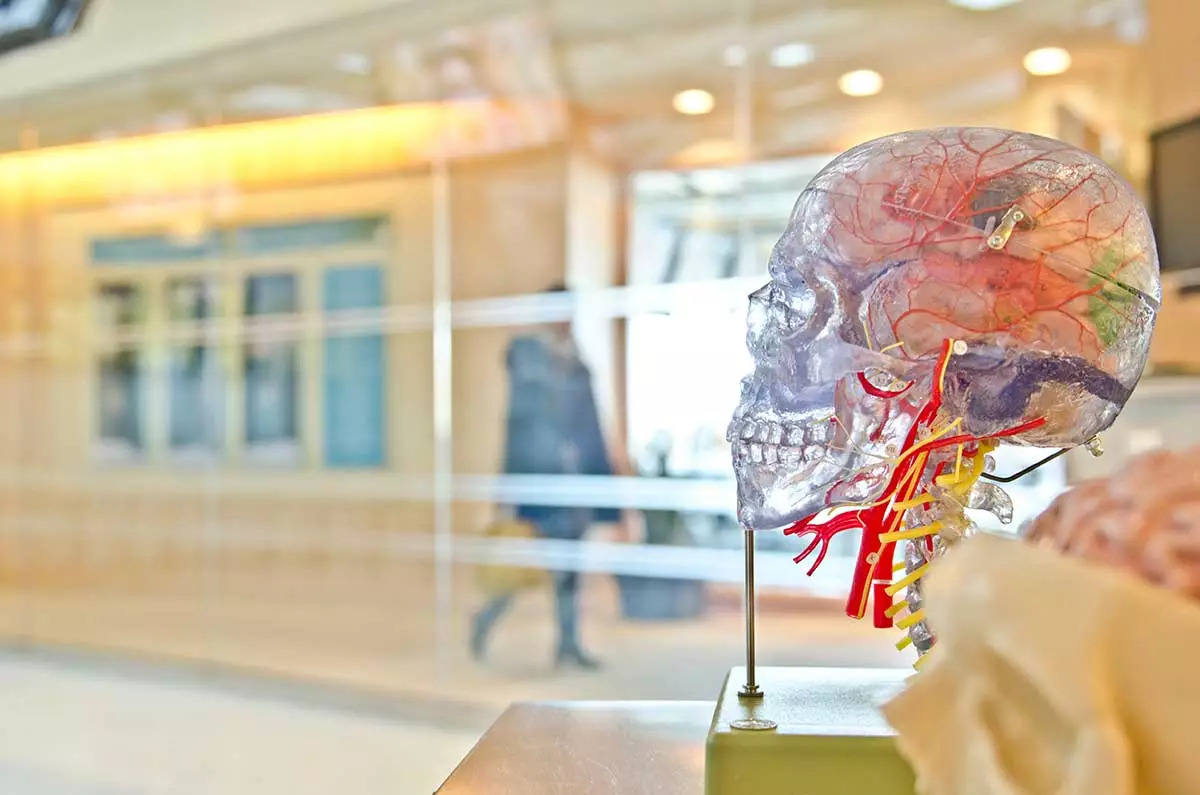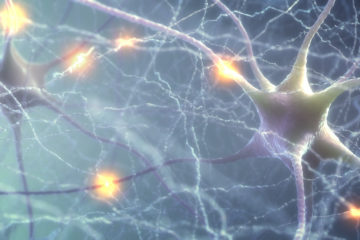How Chronic Pain Leads to More Pain

Pain signals are necessary for keeping us healthy and safe – it’s our nervous system’s way of telling us that we need to protect our body or pay attention to a part of our body that may be injured. However, researchers have found that when pain persists over time, the brain changes and the pain center becomes overactive. As a result of these changes, you may continue to feel chronic pain even after an injury or illness has healed.
Note: this overactive pain response doesn’t mean that the pain is fake or “just in your head.” All pain is real and valid – if it hurts, it’s pain.
What Is Pain?
Throughout the brain, there are several neurotags, which are groups of interconnected brain cells. When a specific group of brain cells is activated simultaneously, it produces an output, which creates an experience.
For example, the neurotag for the smell of cookies consists of a group of specific brain cells; when all of these brain cells are activated at the same time, it produces the smell of cookies. It’s important to understand that the neurotag doesn’t actually create the smell of cookies or detect the smell of cookies. Instead, this neurotag creates the experience of smelling cookies.
It’s the same process with many other things, including pain. The neurotag for knee pain is made up of a specific group of brain cells that, when activated simultaneously, produce knee pain.
How Chronic Pain Affects the Brain
Imagine this scenario: a woman injures her shoulder while exercising, and as a result, experiences shoulder pain for a prolonged period of time. Eventually, the injured tissues in her shoulder actually heal, but she’s still experiencing a lot of pain. She also finds that she’s not able to move her shoulder as well as she used to, and she has trouble lifting objects that she was able to easily lift before her injury. Why?
When pain persists, the brain changes. Pain neurotags can become sensitive and overactive, causing that group of brain cells to be activated much more easily, which can result in more pain. The longer that pain persists, the more practice the brain gets at producing a pain response to the information coming into our nervous system.
Persistent pain also disinhibits the neurotag for that body part, which can affect movement, precision, function, perception, and almost anything else related to the affected body part.
How the Brain Can Be Rewired
The good news is this: even if your neurotags have become sensitive, overactive, and disinhibited, the brain can be rewired!
One way of rewiring the brain is through a technique called Graded Motor Imagery (GMI). The goal of GMI is to retrain your brain so that your pain response is more accurate. This technique desensitizes and calms down your brain’s overactive pain response, allowing you to live your life without unnecessary pain, while still accurately protecting you from injury and overuse.
Graded Motor Imagery takes you through a series of mental and physical exercises including implicit motor imagery, explicit motor imagery, and mirror box exercises. This series of exercises is designed to encourage your brain to be more comfortable with movement.
We offer Graded Motor Imagery at our physical therapy and occupational therapy clinic in Spokane Valley, Washington. Want to learn more about GMI and how it can help you?
Article written by Katelynn West, reviewed by Shauna Burchett, OTR/L.
